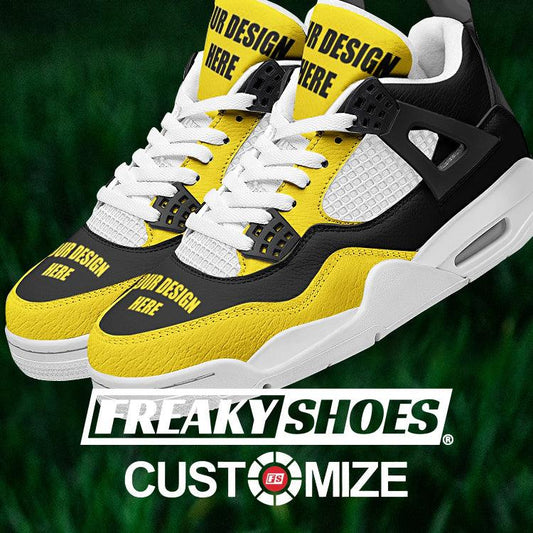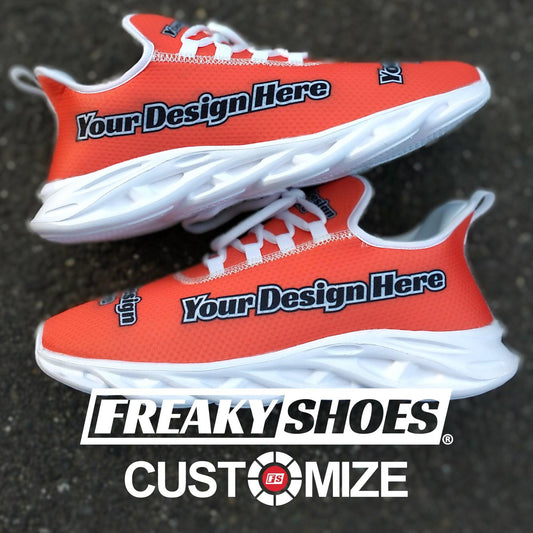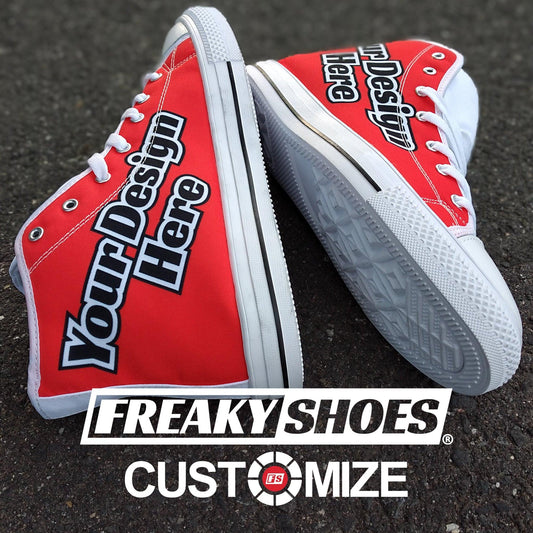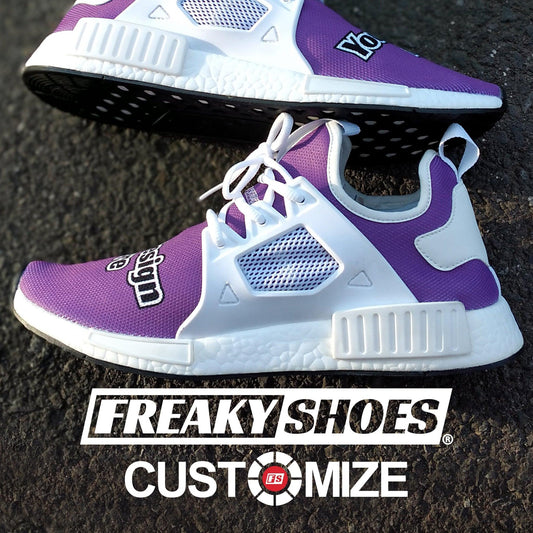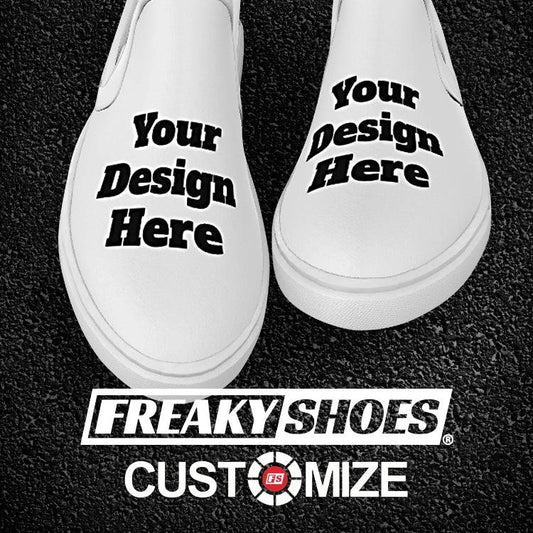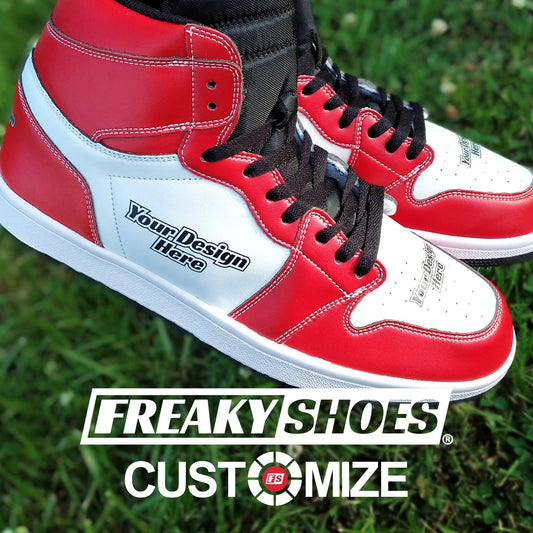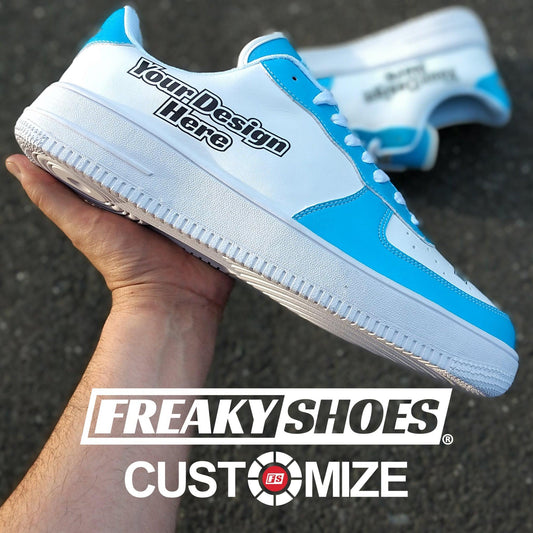Shoes have a lot of terms, including C. While shopping for your favorite sneakers, you might come across this sizing option, and wonder what it means.
Well:
C in shoe size means different things for kids and adults. It is more common for kids' shoes and ranges from C1 to C13, where each size is designed for ages between toddlers to pre-teens. On the other hand, C for adult shoes means less-wide shoes designed for narrower feet.
It can be a little confusing to understand the difference between kids and adult C sizing. The good thing is that we have already done all the research, and you just have to read till the end to know everything about C sizing in shoes!
What Does C Mean In Shoe Size?
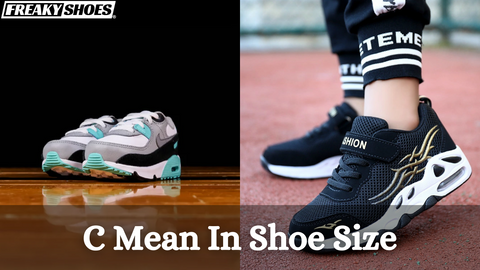
When it comes to shoes, C sizing can mean different things for kids and adults. For kids, it means shoe sizing that ranges from C1 to C13, designed for toddlers to pre-teens. However, for adults, C can mean narrower shoes.
Shoe sizes usually have letters to show width: "N" for narrow, "M" or "D" for medium or regular width, and "W" for wide. So, when you see a shoe size with a "C" after it, it means the shoe is designed for people with narrower feet. Remember, we are talking about adults here.
For example, if the size is 7C, it means the shoe is size 7, and it's narrow. Knowing this is important because different people have different foot widths, and choosing the right width will make the shoe fit comfortably.
Brands use these letters to help people find shoes that not only match their size but also suit the width of their feet. So, next time you see “C” in a shoe sizing chart, remember that it means the show is designed for narrower feet.
The “C” Sizing in Children Vs. Adults Shoes
It might surprise you that the “C” sizing has different meanings for kids’ and adult’s shoes. However, it is more important for shoes designed for kids and less common for adult shoe sizing.
In fact, "C" sizing in the shoe world is all about children. Look at it this way: C stands for child while "Y” means Youth. So, C is for the smallest feet. These sizes usually go from 2C to 13C. When you see C in shoes, it means "children" and when you see Y, it means "Youth" or kids.
Now, comparing C with Y is interesting. When you see a C size, you're looking at precise measurements for tiny feet, like 2-year-olds.
But if it's Y, it's more about kids entering the big league (slightly older kids or teenagers), with sizes usually ranging from 1Y to 7Y or 8Y. For instance, if a child usually wears a size 1 or 2, ordering a size 13C or 4Y could be the right fit.
However, if we talk about C in width, then, in this context, C usually means regular or normal width. Remember that it's not as common as other width sizes like narrow (N), medium (M or D), or wide (W). You may not even spot C on every shoe-size table.
For grown-up shoes, it's more about checking those size tables or simply trying them on to make sure the width is just right for your feet. On the other hand, "C" sizing is more common for children and kids' shoes to get the right shoe size.
When Does C Sizing Change Into Y Sizing?
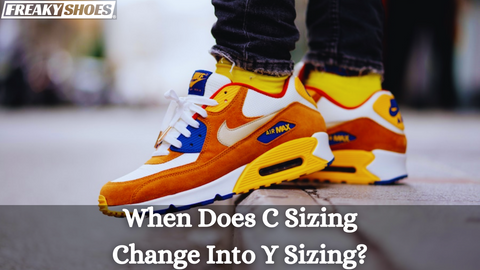
Kids' shoe sizes, like C1 to C13, cover tiny to pre-teen feet. These shoe sizes start for the age of toddlers, even 2 years old. As these children grow, sizes switch to Y for youth and then into adult sizes. This shift makes sure shoes fit well during each growth stage.
Moreover, C sizes are just right for children's feet; they are smaller and shaped differently than adults. These shoes aren't just small; they're made to last, flexible, and support active play.
So, when C turns into Y, know that it's time for your children to step into bigger shoes!
The “C” Sizing Details in Children's Shoes
Children's shoes come in C1 to C13 sizes. Usually, there is not much of a difference between many levels like C1 and C4 can be categorized for toddlers with the smallest feet. However, this doesn't mean that the C1 size will fit all toddlers, as each child's feet are different and C sizing is just a general guideline.
With that said, let's take a closer look at the levels of C sizing in shoes:
C1 to C4: Toddler Beginnings
Starting with C1, these are the tiniest shoes. These are designed for the smallest feet; those of infants and very young toddlers. At this stage, comfort and simplicity are of most importance to protect the toddler's feet.
So, C1 to C4 shoes are often soft-soled and they help in the natural development of tiny feet. The focus is on providing protection without complicating the flexibility needed for those first steps.
C5 to C8: Early Walkers
As children grow to early walkers, typically around the ages of 1 to 2, sizes C5 to C8 come into play.
These shoes continue to give flexibility and comfort but also offer a bit more structure and support. The designs include features like rounded soles to help with stability as toddlers become more confident in their walking abilities.
C9 to C12: Growing Independence
The C9 to C12 range is to ease up the growing independence of preschoolers and young children, usually aged 3 to 5.
At this stage, shoes are made with more durable materials as children become more active. Velcro closures or elastic laces become common to allow children to tie their shoes without any help.
C13: Pre-Teens on the Move
C13 is the final level in the 'C' range before children move to youth sizes. These shoes are made for the active pre-teen and balance the need for durability and support; they also focus on giving a comfortable fit. In this sizing, styles become more focused as kids start to gain a sense of their own personal style.
Beyond C13
Once kids outgrow C13, they step into youth sizes which are marked by 'Y' instead of 'C.' This means that kids have become teens and their feet need different options. Youth sizes are usually leveled from 1Y to 7Y or 8Y, and come between kids' and adult sizes.
C Sizing Comparison Table
It can be challenging to find the right shoe size for your children. To make things easier, here is a simplified table featuring all the levels of C sizing:
|
Size |
Age Group |
Developmental Stage |
Features |
|
C1 |
Infants |
Toddler Beginnings |
Soft-soled, protection without hindering natural movement. |
|
C2 |
Infants |
Toddler Beginnings |
Soft-soled, protection without hindering natural movement. |
|
C3 |
Infants |
Toddler Beginnings |
Soft-soled, protection without hindering natural movement. |
|
C4 |
Infants |
Toddler Beginnings |
Soft-soled, protection without hindering natural movement. |
|
C5 |
1-2 years |
Early Walkers |
More structure, rounded soles for stability. |
|
C6 |
1-2 years |
Early Walkers |
More structure, rounded soles for stability. |
|
C7 |
1-2 years |
Early Walkers |
More structure, rounded soles for stability. |
|
C8 |
1-2 years |
Early Walkers |
More structure, rounded soles for stability. |
|
C9 |
3-5 years |
Growing Independence |
Durable materials, self-dressing features. |
|
C10 |
3-5 years |
Growing Independence |
Durable materials, self-dressing features. |
|
C11 |
3-5 years |
Growing Independence |
Durable materials, self-dressing features. |
|
C12 |
3-5 years |
Growing Independence |
Durable materials, self-dressing features. |
|
C13 |
6-12 years |
Pre-Teens on the Move |
Balances durability and support. Diverse styles. |
C Meaning in Shoe Width; Back to Adult Shoes
When we talk about "C" in shoe sizes, many people think of children's shoes. It's because C in adult shoes is not that popular, especially when it comes to width. Still, if you see 'C' for width in adult shoes, it means the space inside the shoe is regular or normal.
So, while 'C' is popular for kids' shoe sizes, in adult shoes, it's not as common. It means that the width is just regular – not too narrow, not too wide and the distance between your foot and the heel of the shoe aligns with the standard or regular width.
Moreover, while grown-ups have more options like narrow, medium, and wide, 'C' is usually a safe choice that fits a lot of different feet. So, for kids, C is the actual shoe sizing, while C for adults means narrow-width shoes.
Looking for Perfectly Fit & Customizable Shoes? FreakyShoes Has An Awesome Range For You!
Wearing shoes that fit perfectly is super important for feeling comfy later on. And guess what? FreakyShoes lets you make your shoes just how you like them. Plus, they make sure your shoes are super comfy because they use cozy materials and get the size just right.
Simply follow these steps:
- Visit FreakyShoes.com and select your preferred shoe style. They offer basketball shoes, high-tops, low-tops, and even sandals and slides.
- Click the “Customize Now” button; this will take you to the creativity room.
- Inside, you get a lot of options to design your shoes. You can play with different colors, patterns, and themes to style your shoes the way you want them.
That’s it! Simply place your order and get your customized shoes now!











